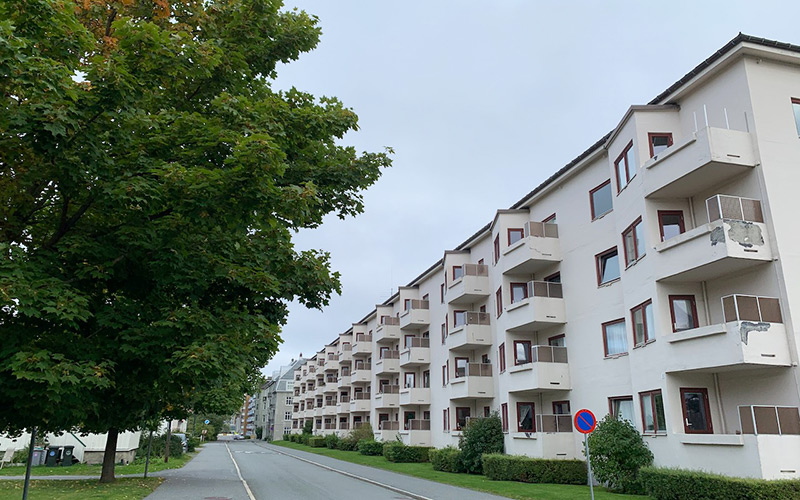
Buying a home in a housing cooperative is a common method of home purchase in Norway. Let's take a look at the world of the borettslag.
Having lived in apartments for the majority of my life, I'm familiar with the concept of a homeowner association. The owners of each unit pay a monthly or quarterly membership, which goes towards maintenance and improvements of the buildings and grounds.
When we bought a home in Norway a few years ago, we became members of the local association. It manages more than 200 properties on the estate and holds semi-regular meetings. It also rents out the small community building for private use that's otherwise used for meetings.
But during the house search process, we came across a model of ownership that I wasn't familiar with: the borettslag. Turns out it a fairly common way of buying a home in Norway. Here's what you need to know.
What is a borettslag?
A borettslag is a form of housing association but one with a cooperative ownership structure. Often a borettslag consists of a series of apartment blocks, but not always. I've seen plenty that consist of rekkehus (terraced housing) and some standalone properties too.
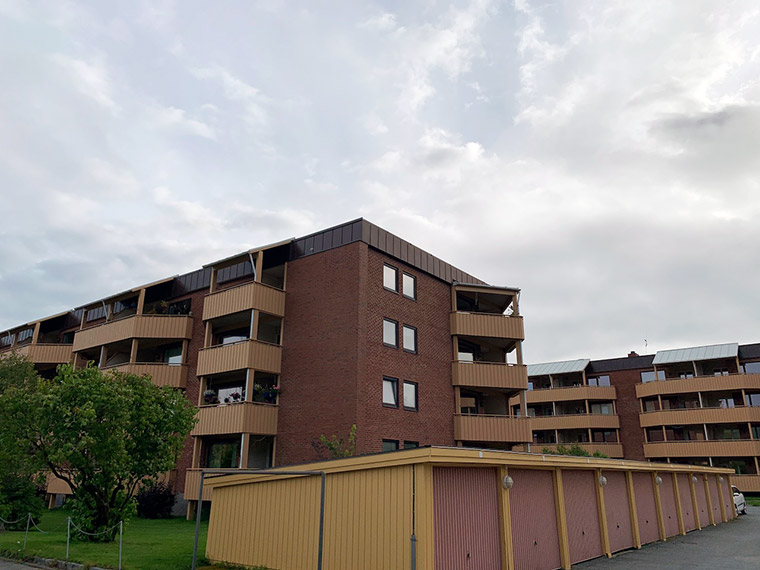
Borettslag is actually the term for the legal structure rather than the type of building. When you buy a home in a borettslag, you become a shareholder in the borettslag.
This share gives you the exclusive right to your own home. Other rights include the right to use common areas and a “first look” at any housing sales.
The actual housing stock is owned by the borettslag, and so you must comply with the articles of association and house rules. These vary significantly, but may include such things as noise restrictions.
The money: Shared debt and common costs
While the purchase price into a borettslag is often lower than buying a freehold property, there are other costs to consider. The most important thing to understand is the concept of shared debt. In Norwegian, it's known as fellesgjeld. A rough pronunciation for those who don't speak Norwegian is fellas-yeld.
The joint debt includes the original building costs for the estate along with any significant improvement projects that have taken place since construction. The instalments and interest are paid monthly. If you move into a new build, there's typically a grace period of a few years on the joint debt.
The shared debt is paid as part of the common/shared costs, known in Norwegian as felleskostnader. Usually paid monthly, the fee also covers operating costs including municipal fees, caretaker services, cleaning of stairwells and common areas, buildings insurance, common energy use and the maintenance of outdoor areas, including the exterior of the buildings.
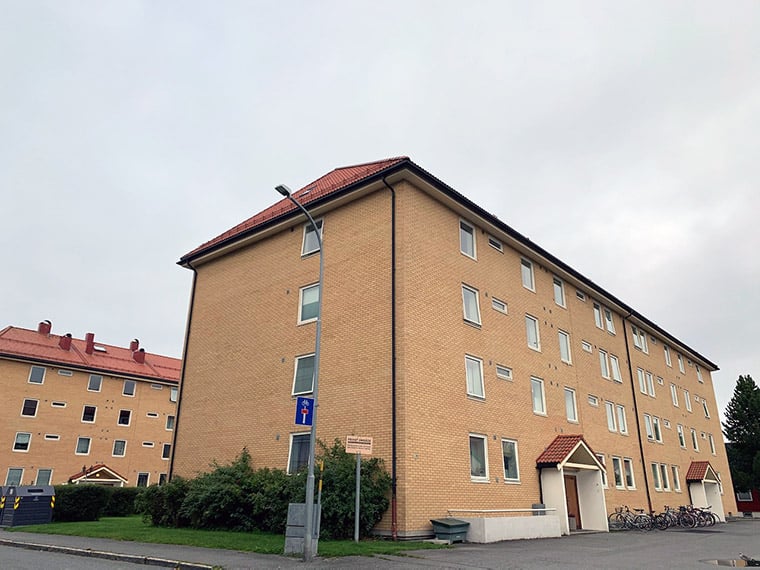
However, you are responsible for maintenance within your unit, especially so that no damage or inconvenience occurs to other owners. The borettslag has the responsibility for facades, roofing, entrances, and common areas both inside and outside.
As a shareholder, you have the opportunity to repay your share of the joint debt faster than is required. If you do this, the amount of monthly common costs you owe will fall substantially.
One of the biggest advantages of buying into a borettslag is the saving on the document fee (dokumentavgift), or stamp duty. When you buy a freehold property, a fee of 2.5% of the purchase price is due to the state. This is not necessary when buying into a borettslag, as you are technically buying the rights to live in a property and not the property itself.
Finally, bear in mind the tax implications of borettslag membership. As a shareholder you get a deduction from the interest on your share of the joint debt. Some associations will provide a statement each year for you to use in the annual tax return.
Renting out a home in a borettslag
When you own a freehold property, renting out a room or the whole property is relatively straightforward. That's usually not the case within a borettslag. Renting rights are dictated by the articles of association, so check these carefully when considering a purchase.
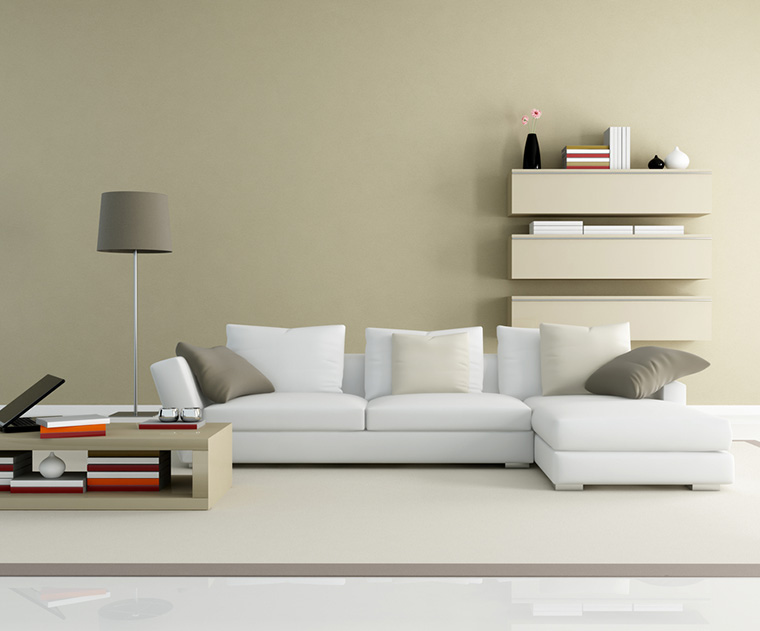
In some cases you cannot rent out the property at all. In other cases there are limited possibilities, such as when you are deployed to another part of the country in connection with work or military service. Others do permit renting, but often only after a period of residence such as one year. Usually, any permitted rental period is limited, for example to three years.
Selling your share in a borettslag
Selling a property that is part of a borettslag is essentially the same as selling a freehold property. In most cases, other residents in the borettslag will have the first right to purchase the home.
If you are looking at buying into a borettslag, the important figures are always listed in the property ad. In addition to the share price, take note of the shared debt and common costs.
What is OBOS?
OBOS is Norway's largest property developer. The chances are your borettslag will be affiliated with OBOS, which makes you a member in the OBOS cooperative too. The organisation is owned by more than 450,000 members and according to its website, “was established in 1929 to provide a solution to Oslo’s housing problems.”
The organisation provides business management services including collection and bookkeeping services for a borettslag.

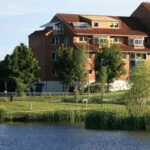

Borettslag is also a popular way of living in Finland and Sweden. In Finland, you also buy the right to live in the flat, but not the walls, so to say. In result, when one wants to move out, we don’t sell the flat but the borettslag organization takes in charge of it and returns the deposit, which is about 10 to 15% of the actual value of the flat. So when one moves out, they don’t need to worry about selling the flat. What is more, at least in the flats I used to live, if you wanted to redecorate the flat, you’d have to use subtle colours and patterns but you’d get a free starting kit from the hardware store. Also, if you wanted to upgrade your flat by fitting a dishwasher for example, that would rise your deposit a bit.
The property we have lived in for the past 10 years is a borettslag property. We are part of a wider group but our particular block has 55 flats. In 2018 the block had a large fire and we were out of it for 6 months whilst repair work was undertaken. The building insurance which is part of our borettslag cost covered all the work and our relocation costs. and the local board were fantastic at arranging recovery and repair companies – including a specialist asbestos company. The borettslag approach helped massively at this time. In addition things like snow clearing and other maintenance issues are dealt with automatically. As a retired person this approach definitely makes life a lot easier.
Hi , thank you for this informative article. I have a question could you please answer it?
If I buy an apartment and pay joint debt and live there for five or ten years then I want to sell it, what will happen ? The amount I paid will be added to my share?
In selveier, the amount I will pay monthly is deducted from the loan and in fact my share is increasing as I pay. Is it the case also for andel?
Hi, thank you for the information regarding buying property in borretslag.
What is the advantages, if I pay the full fellesgjeld when I buy the property – when selling after 5 years?
– when selling after the grace period is over?